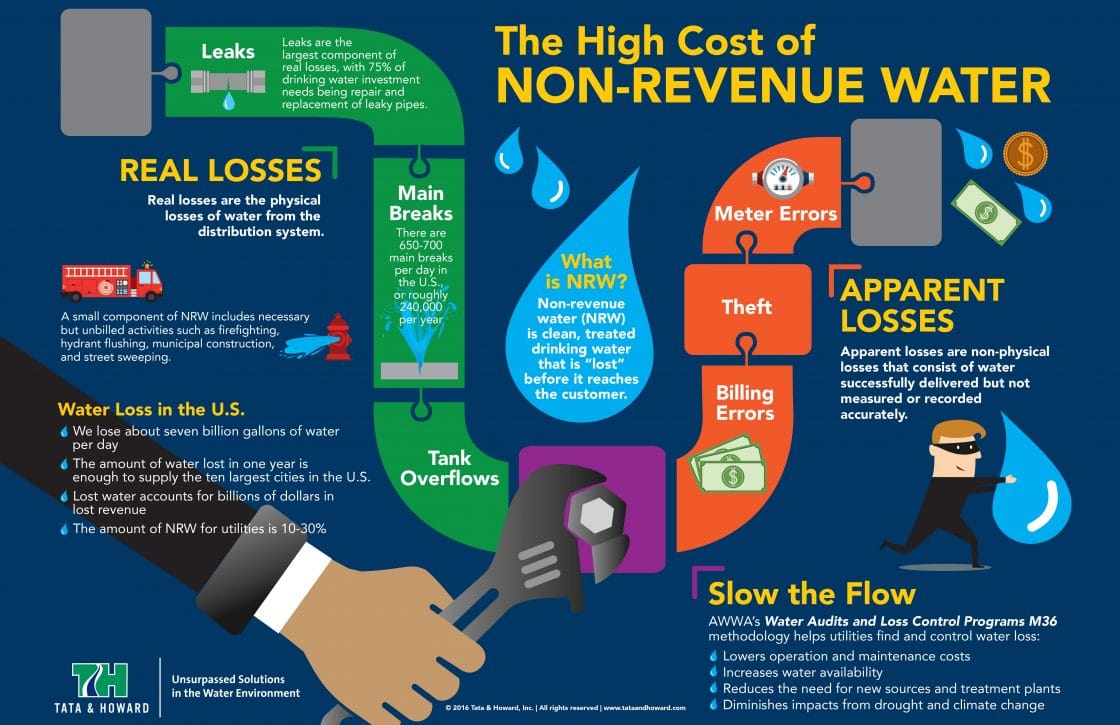The Future Of Solar Energy: Forecasts For The Market In The Following Years
The Future Of Solar Energy: Forecasts For The Market In The Following Years
Blog Article
Learn Alot more Here Developed By-Clapp Mccormick
As you consider the future of solar power, visualize a landscape where innovation and sustainability converge. how big are residential solar panels coming years hold the promise of considerable developments in solar modern technology, improving the market as we know it. With effectiveness gains and expense reductions coming up, the potential for solar energy to transform our power landscape is immense. Keep tuned to find exactly how these advancements will certainly form the future of renewable energy and propel us in the direction of a greener tomorrow.
Technical Innovations in Solar Panels
Photovoltaic panel have seen exceptional technical developments in the last few years. One substantial enhancement is the boost in performance, enabling solar panels to convert sunlight right into electrical energy better. This has been attained via developments in products and style, making solar power a much more feasible and affordable option for renewable energy sources.
One more key advancement is the reduction in expenses associated with manufacturing and installing solar panels. As innovation has progressed, production procedures have ended up being much more streamlined, leading to reduced costs for consumers. Additionally, the resilience and life expectancy of photovoltaic panels have actually boosted, making them an extra lasting and long-lasting financial investment.
Developments in power storage space innovation have also played an essential duty in boosting the effectiveness of solar panels. Batteries and other storage space options have actually become much more reliable and economical, enabling customers to save excess energy generated during the day for usage in the evening or throughout periods of low sunlight.
Raised Adoption in Various Industries
With the demand for sustainable energy solutions growing, various markets are significantly integrating solar power systems right into their operations. Business in fields such as manufacturing, agriculture, and transport are leveraging solar energy to reduce their carbon impact and operating expense.
In manufacturing, photovoltaic panels are being set up on roofs to power machinery and lighting, leading to significant savings on power bills. Agriculture is additionally embracing solar power by using it for irrigation systems and powering farm equipment, thereby cutting down on standard fuel expenses. Additionally, the transport sector is adopting solar technology for charging electric lorries and brightening car park.
The trend of raised fostering of solar power across sectors is driven by the desire to be a lot more eco-friendly and reduce reliance on non-renewable power sources. As solar technology continues to advancement and come to be a lot more economical, we can anticipate to see even more comprehensive assimilation of solar power systems in various markets in the coming years.
Policy Changes Driving Solar Growth
Accepting renewable energy resources is important for lasting growth in today's world. Policy changes play a significant function in driving the growth of solar power. Governments globally are carrying out numerous procedures to promote the fostering of solar power. Incentives such as tax obligation credit ratings, rebates, and feed-in tolls urge individuals and companies to purchase solar innovation.
Furthermore, regulations mandating a particular percentage of power ahead from sustainable sources push utility companies to integrate more solar right into their energy mix. In addition, policies concentrating on net metering permit solar customers to offer excess electrical power back to the grid, making solar installations more economically feasible.
In some regions, renewable portfolio standards require a details section of electrical power to be created from solar energy, developing a steady demand for solar power. These policy changes not just drive the growth of the solar market but additionally contribute to minimizing carbon discharges and combating environment modification. By sustaining and applying such plans, federal governments can increase the change to an extra lasting energy future.
Conclusion
To conclude, the future of solar power looks bright with continuous technical advancements, raised adoption across sectors, and encouraging policy changes. With greater effectiveness levels, reduced costs, and improved power storage space options imminent, solar power is readied to play an important duty in the global transition to a cleaner and extra sustainable energy future. Accept the capacity of solar power and be a part of the renewable energy revolution!
